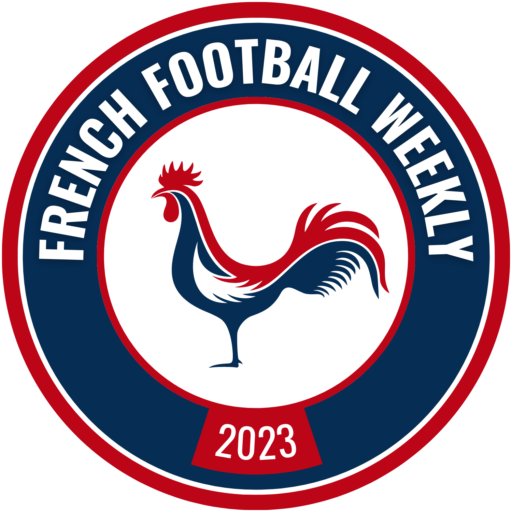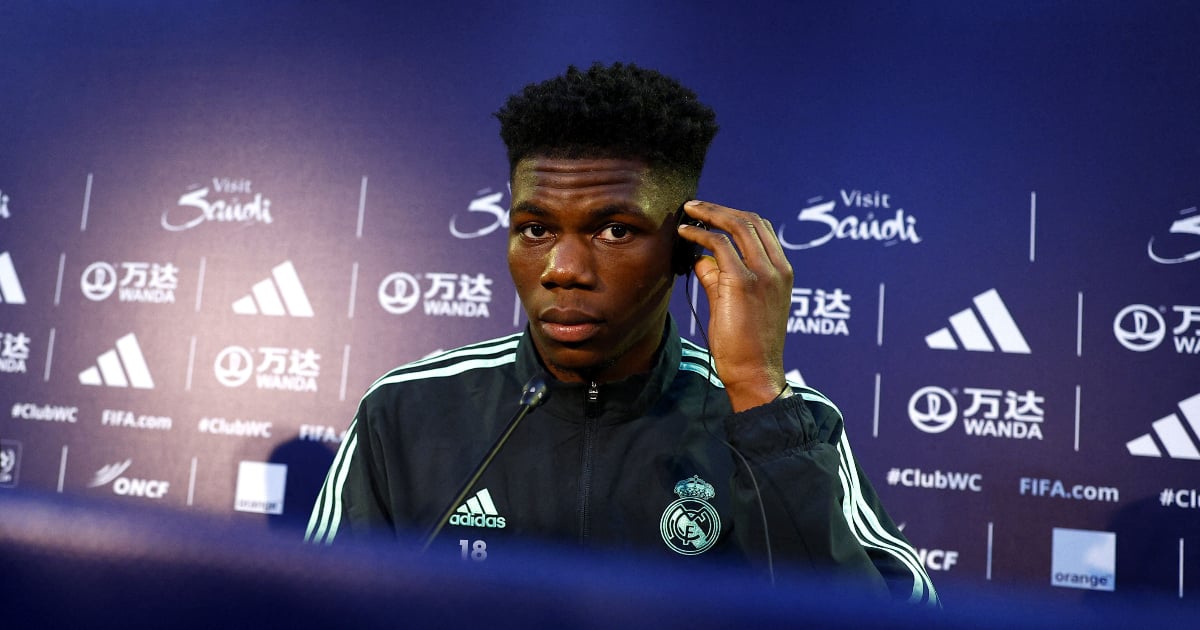Competition within Real Madrid’s midfield has been fierce in recent seasons, and it’s shaping up to be another fierce battle for minutes this season.
This is why Aurélien Tchouameni will not just observe the situation from the bench. The French international started the season with a bang, but lost his consistency before suffering an injury during the Clasico against Barcelona. Today, he risks staying a month and a half on the sidelines to recover from a broken metatarsal.
To replace him, Carlo Ancelotti brought in Eduardo Camavinga, who was used further forward with Tchouameni in the team. Camavinga has been very comfortable in this position, roaming the midfield and repelling opposition attacks almost at will.
“It is clear that as a pivot he is more accustomed to this role. In the last matches without Tchouameni, he did very well in this position,” Ancelotti told Diario AS.
The percentages show that Tchouameni has a success rate of 93% compared to Camavinga’s 85%, that he makes 69 passes compared to 53 per 90 minutes and that he spends 5% more of the match in the opponent’s half. Furthermore, Camavinga loses the ball 14.3 times per match, while Tchouameni is much more reliable with 7.1 times per 90 minutes.
On the other hand, Camavinga recovers a little less than three more balls than Tchouameni per match (7.1 against 4.3) and attempts 3.4 dribbles per match against only 0.5. This demonstrates the more dynamic aspect of Camavinga, while Tchouameni is more controlled.
When both players are fit, they could play together, but Ancelotti will have to decide whether Camavinga continues or Tchouameni returns. Fede Valverde and Jude Bellingham appear to have their place in the diamond for now, while Toni Kroos continues to prove that he is the team’s best midfielder in terms of creating advantageous situations.

